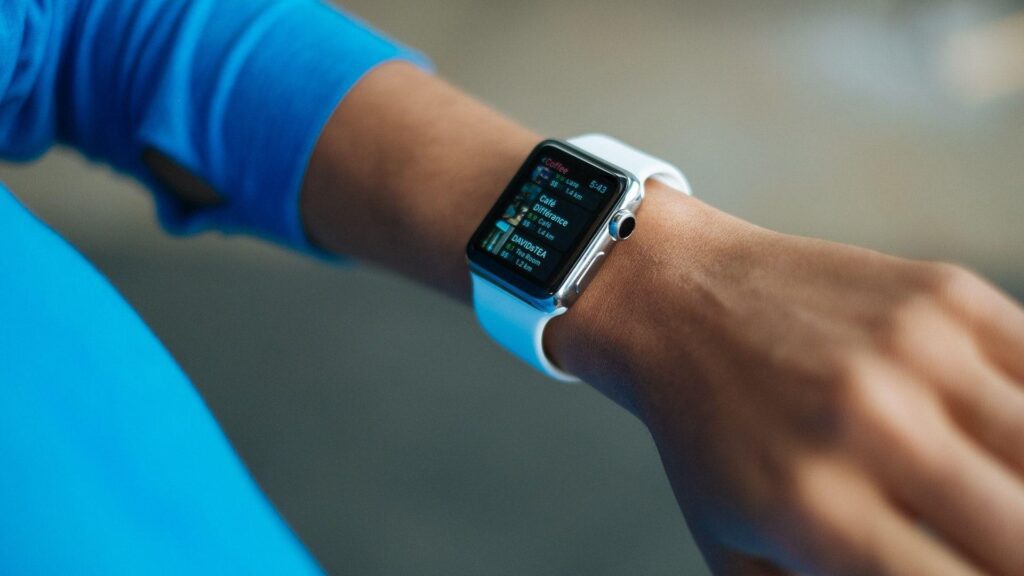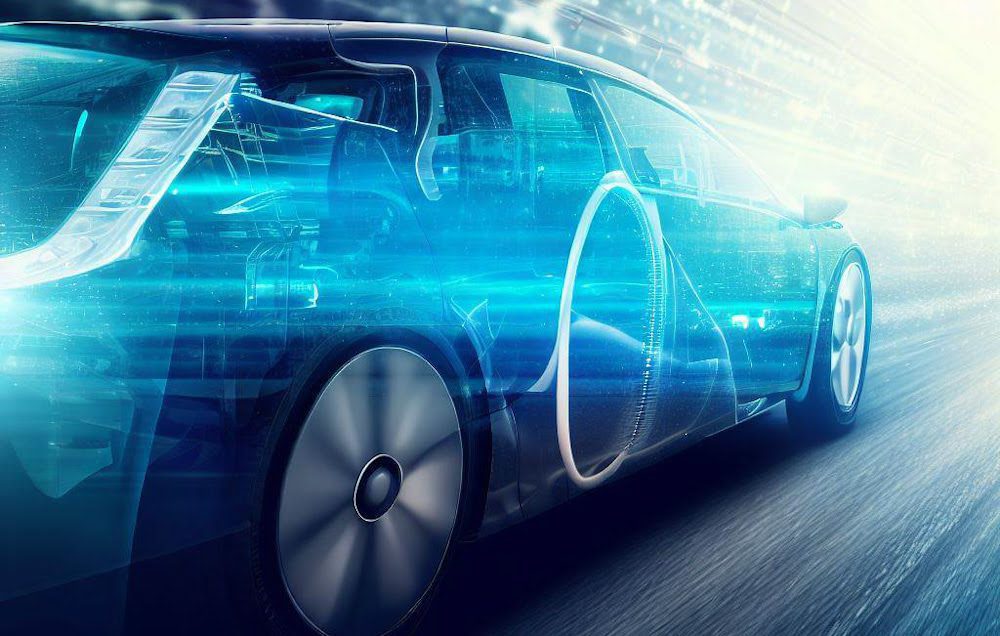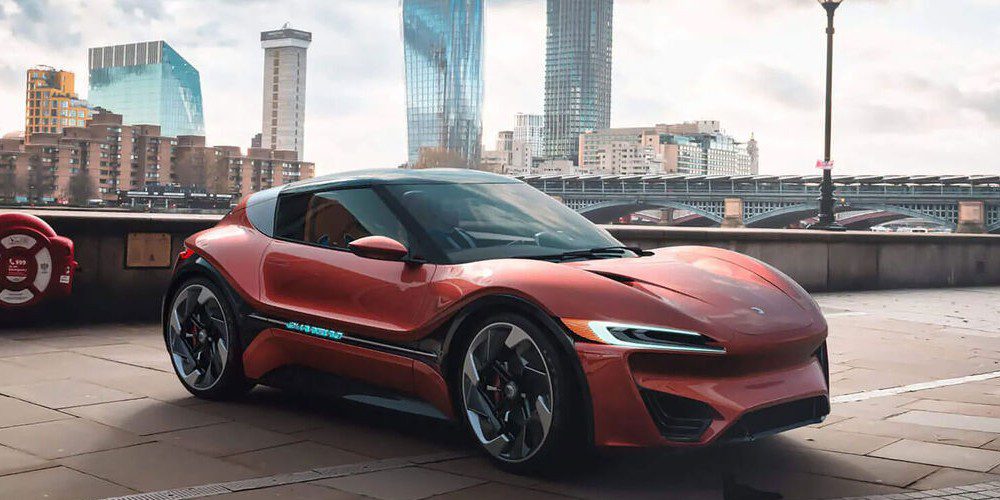The Science Behind Sweat-Powered Smartwatches: How Do They Work?

Estimated reading time: 5 minutes
Smartwatches are the best innovation as they give you real-time information about your body and time. But have you thought if there is a technology that can be powered by the human body? Or, more specifically, human sweat?
Some parts of technology always make our lives easier, but the relationship with technology has just got closer with the sweat-powered invention. Now, you don’t need a charging device; it could just be powered by your body. With the latest invention, you will have a longer battery life.
What is the problem with traditional battery/ recharging systems?
However, with batteries, the energy stored correlates with volume, and bigger batteries add bulk and weight. All wearables, including fitness trackers, audio-enhancing airpods that go, and augmented-reality contact lenses, have a similar power problem. Today’s batteries come in bulk sizes for wearables. Yes, the chip size also comes in bulk. It is stiff for wearables woven into textiles or directly mounted on a user’s skin.
Why add extra weight when you can charge it on the go?
The power demands for these kinds range from 1 milliwatt for a basic step counter to tens of milliwatts for more advanced smartwatches. Using small, centimeter-size batteries with capacities on the order of 10 to 300 milliampere hours results in battery lifetimes of only a few days at maximum.
But, Why Sweat?
Why not? Staying alive requires energy. Just to breathe and function, we need between 2,000 and 2,500 calories per day. Our bodies need to burn between, which is convenient enough to power a modestly used smartphone.
So even if a fraction of that energy is used in running electronic devices ranging from medical implants to electronic contact lenses—all without a battery in sight—that’s one reason to be excited about sweat power. But why only sweat?
Because of certain chemicals, the chemicals found in human sweat can be used as fuel in wearable-size fuel cells.
Biofuel cells offer high power densities in a more practical, wearable form than is possible with any of the existing energy-scavenging approaches. Smartwatch Companies have developed prototype wearables that generate power from sweat.
Here’s how it works!!
Let’s get to physics class 101. A fuel cell consists of two components— an anode and a cathode. The electrolyte is the connection between them. The fuel ( sweat) goes into the anode and is separated into electrons and protons by a catalyst.
Protons pass through a membrane to the cathode, and electrons flow into the circuit. Generally, hydrogen is used as the fuel, and oxygen as the catalyst to generate water and electrical current.
However, hydrogen is impractical for wearables as it is highly flammable. Sweat, on the other hand, is easily acquired in abundance, particularly when a person is playing sports. Also, the wearable will be convenient for athletes as they can power it up with their abundant sweat.
So what is the fuel we are using? It is sweat, and no, it is just not water. Sweat contains trace amounts of minerals and other substances like glucose and lactate. The above substances and metabolites are by-products of the chemical processes that constantly go on inside living beings, and they make attractive biofuels.
But what we are interested in is lactates. We create a layer of enzymes in the wearables that reacts with the lactate in sweat to split the electrons and protons and create an electrical current.
How did sweat smartwatches evolve?
It all started with a group of scientists from a Scottish institution. They created a battery cell with a new type of supercapacitor, which replaces electrolytes found in batteries. When you perspire, the sweat collects in a thin polymer layer on a polyester cellulose cloth. The iron in the sweat reacts with the polymer, and boom, we generate electricity.
However, they needed at least 20 microlitres of fluid at a time, so it became a stepping stone to research in the 1970s.
The researchers wanted to use the stepping stone technology for glucose biofuel cells for power. However, the main drawback was that the enzymes used in catalysis for fuel reaction would degrade, and the electrode would stop functioning. So again, the research came at a crossroads.
The stepping stone technology still has hurdles.
People don’t sweat constantly. Though the device can be a frontrunner for athletes, it is not that lucrative for general people. If you are not sweating, the fuel cell will run dry and eventually stop producing power. However, there are three ways to work around this limitation.
First and foremost, we can use the technology when sweat is guaranteed in the equation. With that, energy storage could be available on the smartwatch. We can also add complementary, non-biofuel energy to the wearable. The researchers are keen on adding a constant energy supply by adding a battery or an ultracapacitor to act as an energy buffer.
The fuel cell must have a high power density, but the power availability is intermittent. Think of it like a solar-powered cell; the wearable battery will charge when power is available and discharge the battery when the biofuel stops producing power. The energy buffer must have general physical properties, and its biofuel cell needs to be minor, soft, and stretchable.
The researchers are keen on using rechargeable zinc-silver-oxide battery prototypes made using printed electronics. The batteries can be recharged hundreds of times and generate relatively high currents. However, their energy densities have a long way to go before matching their rigid counterparts.
Sweat-powered wearable smartwatch: new technology in the market
The first good news is that watches will not run on batteries. So that is one headache ticked out of your daily routine. You don’t need to check when the charge will last and for how long. The wearable will include fitness trackers, audio-enhancing wearables that go in your ear, and augmented-reality contact lenses. The smartwatch, energized through sweat, will give you hourly health updates. Wearables will be a life extension and will surely increase in demand in the coming years.






Responses